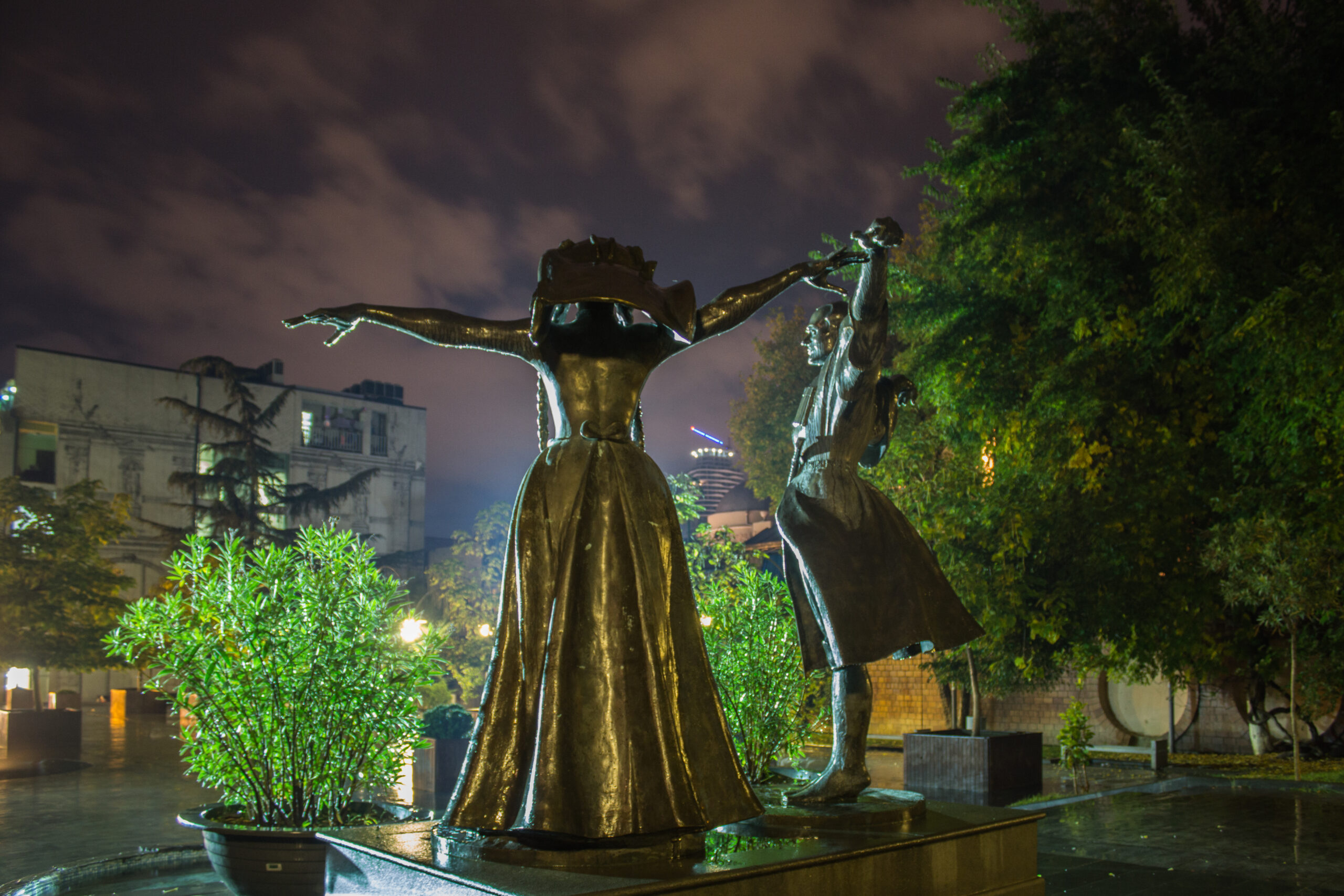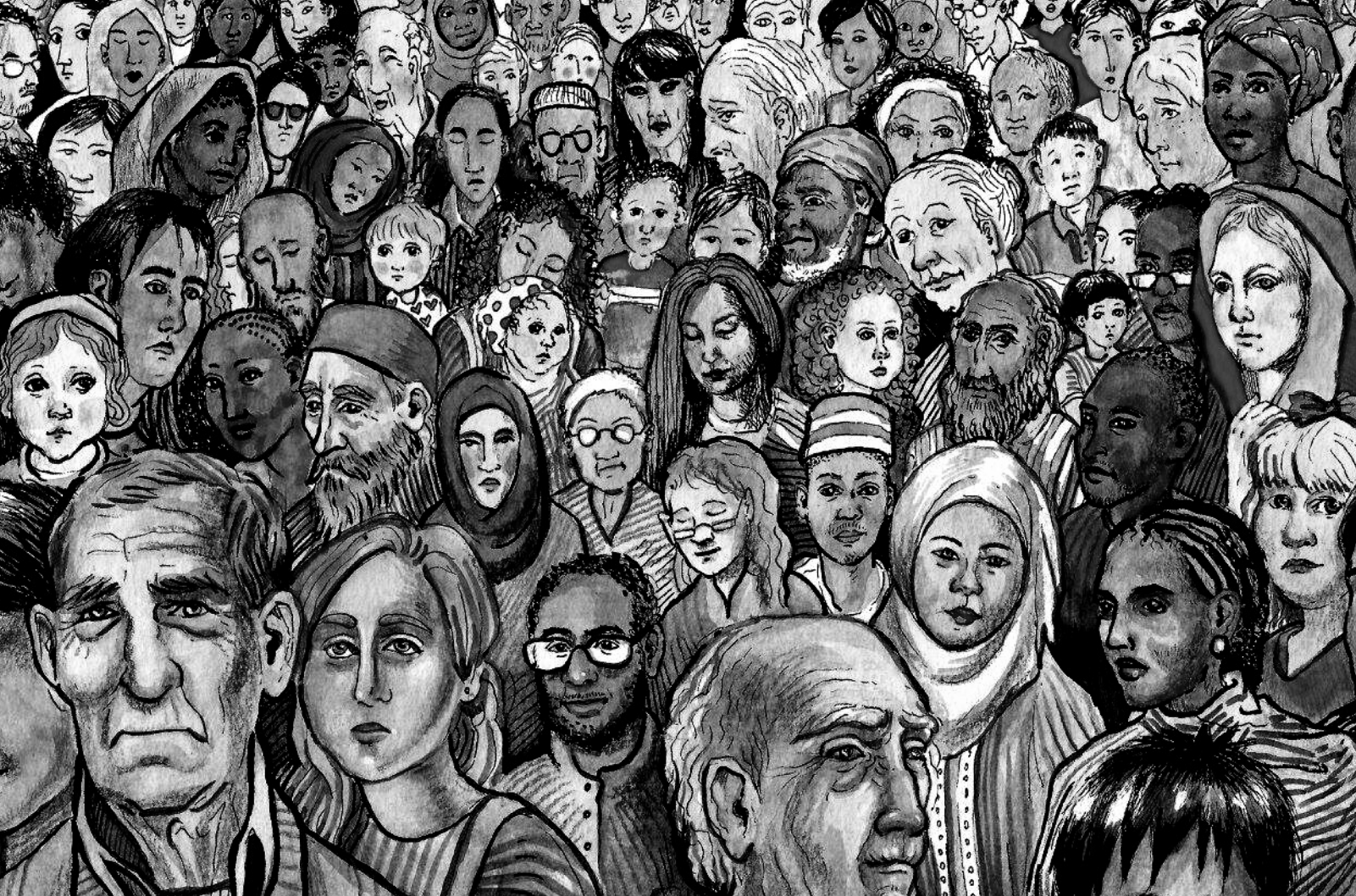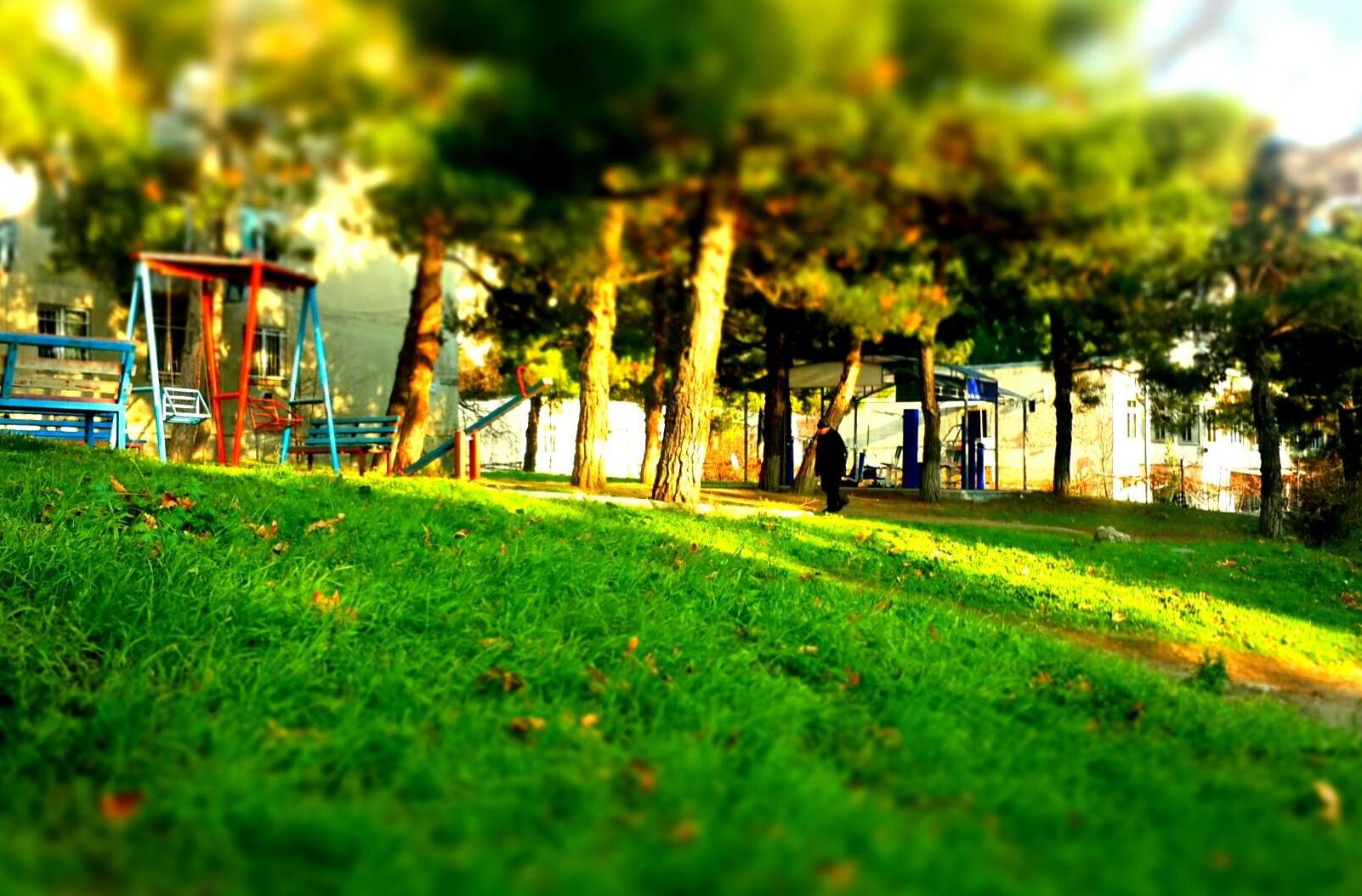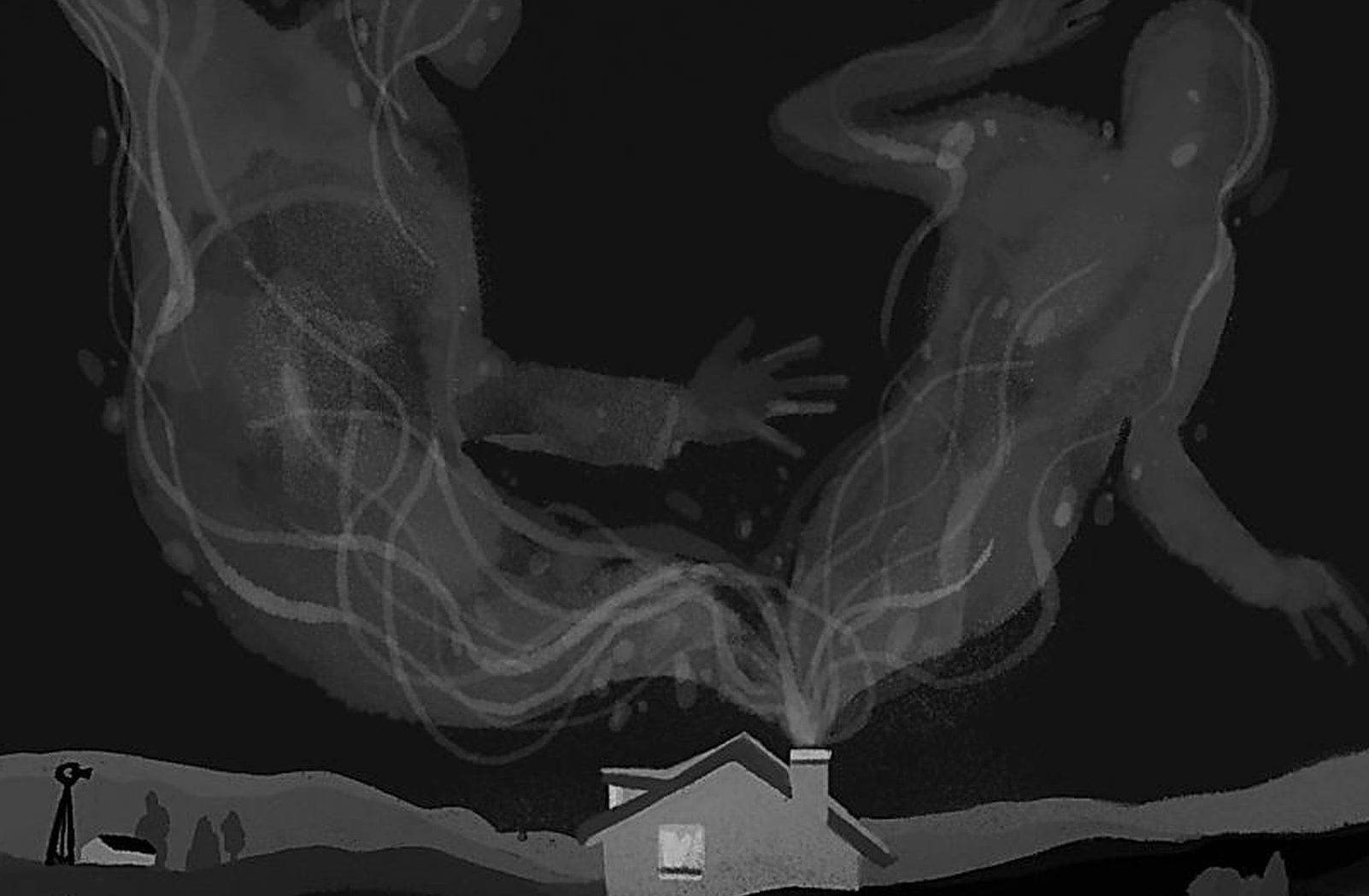
Georgian Dance – The Eternal Celebration
The roots of the art form are lost in the depths of millennia – its mission is the endless strive for perfection.
Georgian dances stand out by their refined plot and deeply emotional portrayal, and they display restraint, pride, and abstinence. A dance without these features is simply an acrobatic exercise. The vigorous, vibrant men leap high in the air; clash swords amidst flying sparks and razor-sharp daggers are thrown into the floor in a frenetic, breathless choreography. The women’s graceful, elegant, and beautiful dance brings a lot of contrast to the scene. Add our fabulous multi-colored costumes from the many mountainous villages, wild drumming, accompanying pipes and accordions, and the overall effect is mesmerizing and truly unforgettable.
The Ancient Art
At the crossroads of Western Asia and Eastern Europe, Georgia boasts an ancient, rich and varied folk tradition. It would be correct to say that dance originated in prehistoric primitive society, in a process of hunting and collective work as a constituent element of magic actions. One can state that the art of dancing is as old as mankind.
Archaeological and ancient literary monuments have attested to the fact that the historical predecessor of Georgian folk choreography were various types of hunting and shamanic ritual dances.
[/et_pb_text][et_pb_image src=”https://iamtbilisi.com/wp-content/uploads/2020/06/Capture-1.png” show_bottom_space=”off” _builder_version=”4.4.4″ hover_enabled=”0″ locked=”off” alt=”Georgian Dance” title_text=”Georgian Dance”][/et_pb_image][et_pb_text _builder_version=”4.4.4″ text_font=”||||||||” text_text_color=”rgba(0,0,0,0.55)” text_font_size=”12px” text_line_height=”1.1em” header_font=”|700|||||||” header_2_font=”|700|||||||” header_3_font=”|700|||||||” header_4_font=”|700|||||||” header_5_font=”|700|||||||” header_6_font=”|700|||||||” background_color=”#f1f1f1″ custom_margin=”||||false|false” custom_padding=”8px|13px|8px|13px|true|true” hover_enabled=”0″ locked=”off”]✱ By Chris Walters
[/et_pb_text][et_pb_text _builder_version=”4.4.4″ header_font=”|700|||||||” header_2_font=”||||||||” header_3_font=”|700|||||||” header_4_font=”|700|||||||” header_5_font=”|700|||||||” header_6_font=”|700|||||||” custom_margin=”||50px||false|false” custom_padding=”0px|||||” hover_enabled=”0″ border_style_all=”dotted” border_color_bottom=”#f1f1f1″]The development of agriculture and animal husbandry was followed by the development of new customs, which were reflected in the ritual dances of a magical nature “Melia-Telepia”, “Ferkhul-Oskhepue”, “Two-storey Ferkhuli” (“Zemkrelo”, “Abarbare”, “Mirmikela”, etc.). Agrarian content masquerade “Berikaoba”, “Fasting Day” and others. Dedicated to the productive forces of nature and the labor processes associated with them.
Along with group dances, there have been couples dances associated with the cult of fertility since ancient times. For the development of the dance form of couples, the fertile ground was created by the synthetic theatrical spectacle “Sakhoob”, which was an accompanying element of the great holidays of pagan times.
The combination of sacred dance elements with rituals and rituals led to the creation of such dances as “Georgian”, “Gandagana”, “Khorumi”, “Ferkhul-Orsatka”, “Samaia”, “Khanjluri”, “Mtiuluri”, “Mtiuluri Davluri”. “,” Baghdad “and others. These dances were a kind of “discovery” in Georgian choreography.
[/et_pb_text][et_pb_image src=”https://iamtbilisi.com/wp-content/uploads/2020/06/012315_01.jpg” alt=”Georgian Dance” title_text=”Georgian Dance” show_bottom_space=”off” force_fullwidth=”on” _builder_version=”4.4.4″ custom_margin=”-42px|||||” custom_padding=”|||1px||” locked=”off”][/et_pb_image][et_pb_text _builder_version=”4.4.4″ text_font=”||||||||” text_text_color=”rgba(0,0,0,0.55)” text_font_size=”12px” text_line_height=”1.1em” header_font=”|700|||||||” header_2_font=”|700|||||||” header_3_font=”|700|||||||” header_4_font=”|700|||||||” header_5_font=”|700|||||||” header_6_font=”|700|||||||” background_color=”#f1f1f1″ custom_margin=”||||false|false” custom_padding=”8px|13px|8px|13px|true|true” locked=”off”]✱ By Justyna Mielnikiewicz
[/et_pb_text][et_pb_text _builder_version=”4.4.4″ custom_padding=”0px|||||”]Over time, many dance troupes were formed to promote Georgian choreography not only in the Soviet Union but also beyond its borders. The Georgian Folk Dance Ensemble (artistic directors Nino Ramishvili and Iliko Sukhishvili), the State Song and Dance Ensemble (led by G. Bakradze, choreographer B. Darakhvelidze), the State Song and Dance Ensemble “Rustavi” (artistic director R. Chokhonelidze) made a name for themselves. State Academic Ensemble “Erision”.
These ensembles, still existing today, are to be credited with the revival, preservation and popularisation of the old and formation of the new era of Georgian Choreography. Because of these merits, they deserve to be presented individually.
Sukhishvili
For decades, audiences around the world have been mesmerized by the elegant athleticism, energy, skill and originality of the most popular troupe Georgian National Ballet “Sukhishvili”. Since it’s formation in 1945, the company has performed in 98 countries, undertaken more than 300 tours and over 20,000 performances, entertained an estimated 60 million people and really put Georgian dance on the world map. They constantly keep reminding us that creativity does not occur in a vacuum but is a dynamic process that evolves in tandem with society and the spirit of the age.
“It is very important for dance to evolve. Like any art it needs to develop otherwise it becomes something for a museum. You have to add modern elements and mix them with traditional classic movements to keep the performance fascinating and interesting for the audience,” says the chief choreographer and artistic director of the company, Ilia Sukhishvili, Jr.
[/et_pb_text][et_pb_image src=”https://iamtbilisi.com/wp-content/uploads/2020/06/15182398083_7a087ffe8d_o-scaled.jpg” alt=”Georgian Dance” title_text=”Georgian Dance” show_bottom_space=”off” _builder_version=”4.4.4″ locked=”off”][/et_pb_image][et_pb_text _builder_version=”4.4.4″ text_font=”||||||||” text_text_color=”rgba(0,0,0,0.55)” text_font_size=”12px” text_line_height=”1.1em” header_font=”|700|||||||” header_2_font=”|700|||||||” header_3_font=”|700|||||||” header_4_font=”|700|||||||” header_5_font=”|700|||||||” header_6_font=”|700|||||||” background_color=”#f1f1f1″ custom_margin=”||||false|false” custom_padding=”8px|13px|8px|13px|true|true” locked=”off”]✱ By Gio Bejanishvili
[/et_pb_text][et_pb_text _builder_version=”4.4.4″]Its story began back in the 1920s when Ilia Sukhishvili, Sr. and Nino Ramishvili met in the Tbilisi Opera and Ballet Theatre. The two dancers shared a dream of creating a dance troupe to combine the diverse folk dance traditions that existed in different regions of the country. Their interest, however, was not purely ethnographic. They took the essence of these dances, refined and improved their choreography adding their own brand of artistry.
“The culture of dance in Georgia is in our blood. It’s physically demanding and not well paid but it’s still very popular. Dance is a language and Georgian dance is a tale about my country. When you watch Georgian dance you can feel the spirit of Georgia, its history, customs, traditions, it’s very positive. It is a visiting card for my country.”
– says Nino Sukhishvili, the co-leader of the ensemble together with her husband.
The Rustavi Ensemble
The Rustavi Ensemble was created in 1968 by Anzor Erkomaishvili, a singer and folklorist from a distinguished Georgian musical lineage that goes back seven generations. Since its formation, Rustavi has successfully toured more than 50 countries of the world.
Songs and dances for work and war, spectacular costumes, the unique Georgian style of polyphonic singing, and rich voices characterize the Rustavi Choir. The performance style of both singers and dancers is traditional and retains its historical color. The vision of the artistic director of the ensemble Anzor Erkomaishvili and the main choreographer Fridon Sulaberidze is to keep the form and structure of the ethnographic team, at the same time to overcome the angular closure. The result of this vision is that the ensemble has mastered the style or genre diversity of multi-dialect Georgian folk music, dance, and song, thus acquiring the qualities of an academic choir.
[/et_pb_text][et_pb_image src=”https://iamtbilisi.com/wp-content/uploads/2020/06/Capture.png” alt=”Georgian Dance” title_text=”Georgian Dance” show_bottom_space=”off” _builder_version=”4.4.4″ locked=”off”][/et_pb_image][et_pb_text _builder_version=”4.4.4″ text_font=”||||||||” text_text_color=”rgba(0,0,0,0.55)” text_font_size=”12px” text_line_height=”1.1em” header_font=”|700|||||||” header_2_font=”|700|||||||” header_3_font=”|700|||||||” header_4_font=”|700|||||||” header_5_font=”|700|||||||” header_6_font=”|700|||||||” background_color=”#f1f1f1″ custom_margin=”||||false|false” custom_padding=”8px|13px|8px|13px|true|true” locked=”off”]✱ By Olia Papaskiri
[/et_pb_text][et_pb_text _builder_version=”4.4.4″ hover_enabled=”0″]Erisioni
The oldest of the three, Erisioni – the name given to it in 1999 – was established in 1885 and entered the third century in 2000, which is an unprecedented case, both in our country and abroad. It is even called an ensemble museum, presenting unique Georgian folk songs and dances, with costumes typical for different regions in the country.
Ever since the day of its creation through dedication to national folklore, own traditions and original artwork Erisioni has been the only one capable of bringing to life, maintaining and preserving for future generations the masterpieces of professional folk creations of all regions of our country that have survived through hundreds of centuries.
During its134 years the ensemble has achieved tremendous success, due to outstanding dedication of professionals who have worked in the ensemble at different times such as Zakaria and Ivane Paliashvili, Brothers Balanchivadze, the whole Kavsadze dynasty, Kirile Pachkoria, Bichiko Gvelesiani, Jano Bagrationi, Bukhuti Darakhvelidze Shalva Mshvelidze, Davit Javrishvili, and others.
Erisioni won global recognition thanks to the cooperation on the project “Georgian Legend” with the United States producer Jim Lowe and French stage director Pascal Jourdan. The performance included folk dances and songs telling the story and legends of Georgia. The show was unique because of the number of dancers who simultaneously perform on the stage. More than a hundred female and male artists dressed in authentic Georgian national costumes were involved in the show. They shared stories through traditional dances and folk music.
Georgian choreography is as colorful as it gets, including romantic-wedding dances, war-hunting dances, drinking dances, courting dances, celebrational dances, mountain dances, city dances, and whatnot. Unlike in the West, dance in Georgia is not the domain of the artistic few. Intricate, gravity-defying folk dances are a national obsession, a genre believed to show the country at its best. Always seeking a balance between tradition and innovation Georgian choreography remains the major cultural export of the country.
Cover photo by Reinis Fischer
[/et_pb_text][/et_pb_column][/et_pb_row][/et_pb_section]


